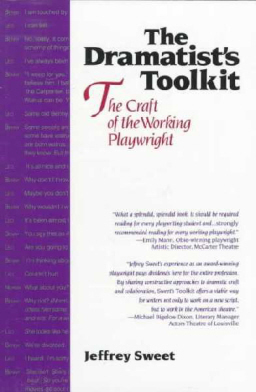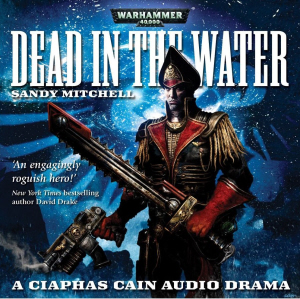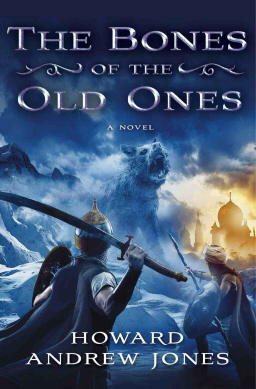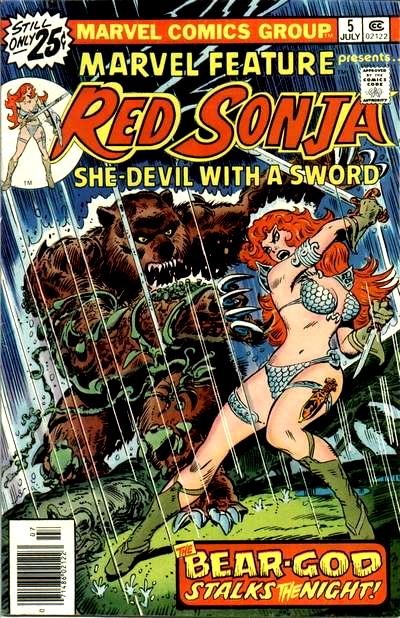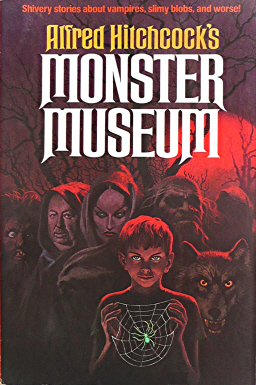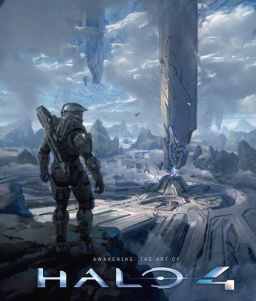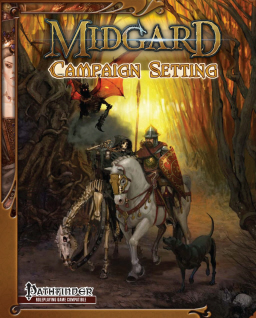Blogging Austin Briggs’ Flash Gordon, Part Eight “The Royal Hunt”

 “The Royal Hunt” was the eighth installment of Austin Briggs’s daily Flash Gordon comic strip serial for King Features Syndicate. Originally published between November 27, 1942 and April 21, 1943, “The Royal Hunt” follows on directly from “Queen Tigra of Forestia” with the Queen decreeing they all take part in a lion hunt. She makes sure that Dale is given an untamed horse in an effort to injure her rival for Flash’s affections. Meantime, her former consort, Prince Cugar, manages to escape from his cell while the others are otherwise occupied.
“The Royal Hunt” was the eighth installment of Austin Briggs’s daily Flash Gordon comic strip serial for King Features Syndicate. Originally published between November 27, 1942 and April 21, 1943, “The Royal Hunt” follows on directly from “Queen Tigra of Forestia” with the Queen decreeing they all take part in a lion hunt. She makes sure that Dale is given an untamed horse in an effort to injure her rival for Flash’s affections. Meantime, her former consort, Prince Cugar, manages to escape from his cell while the others are otherwise occupied.
While Briggs is no match for Alex Raymond when it comes to illustrating the splendor and pageantry of Mongo, his scenes of Flash’s bare-handed battle with the lion, when he breaks the cat’s back, are as exciting as anything found in the contemporaneous Tarzan newspaper strip. The incident itself seems out of character for Flash and more suited to Edgar Rice Burroughs’s celebrated jungle lord, as much as Flash’s punching out a horse seems better-suited to a western pulp hero.
More troubling for contemporary readers is the continued sexism, unique to Briggs’s take on the character, with the fiercely independent Queen Tigra finding she enjoys having a man give her orders. While Alex Raymond’s dichotomy between virtuous Dale and the exotic, sexually liberated women of Mongo may have been rooted in classical virgin/whore stereotypes, his seminal Sunday strip never demeaned his female characters as Briggs regularly did in the daily strip. This is unfortunate and, coupled with Briggs’s relatively inferior art and plotting, serves to undermine his success as Raymond’s heir once the series’ creator departed the Sunday strip.

